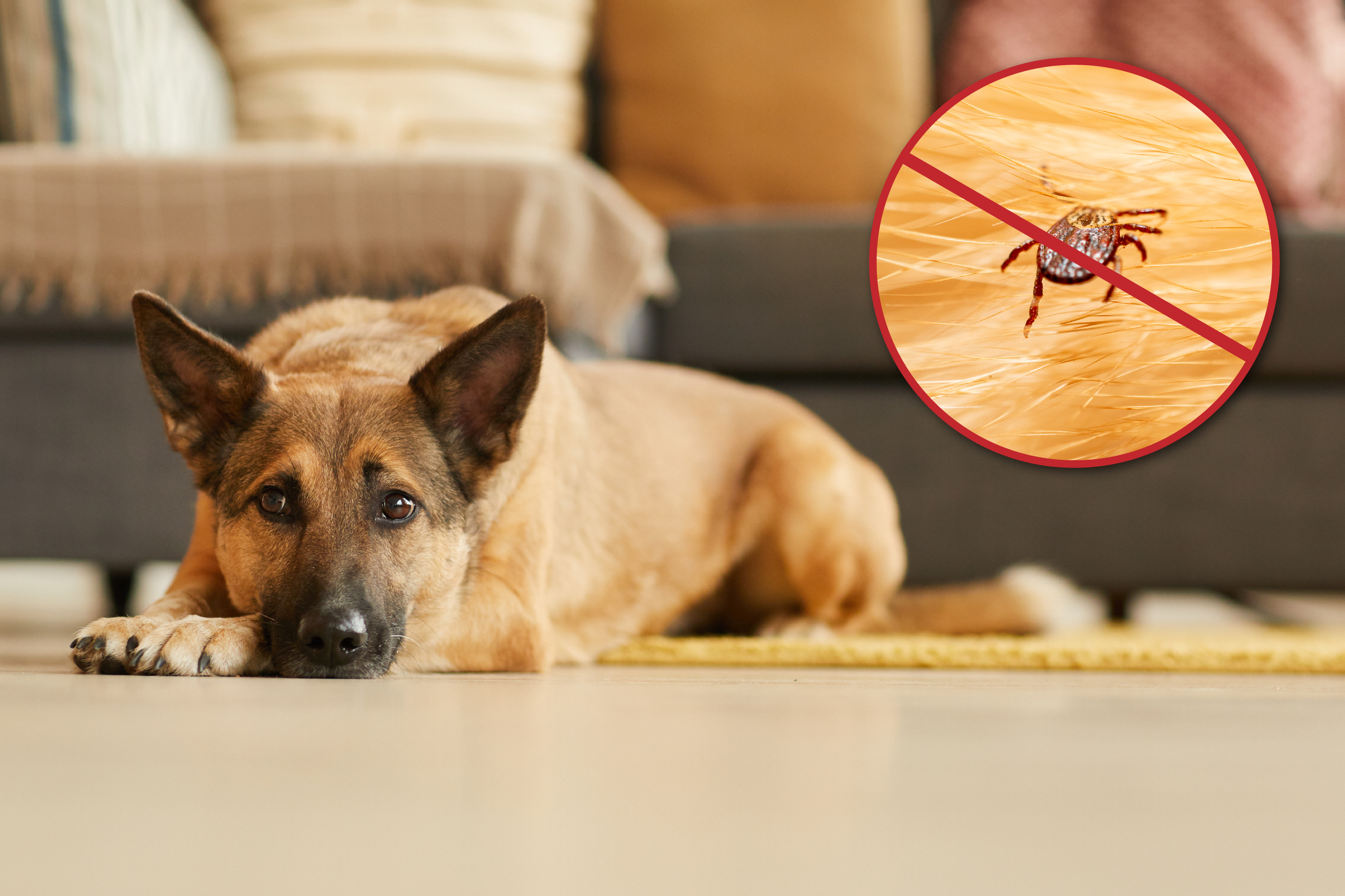
21 Nov
How Do Cat Flea Collars Work?
As pet parents, it is only natural to want to protect your pet. Whether it is protection against accidents or illnesses, our concern is always for the safety and well-being of our fur babies. Fortunately, over time, the equipment and technology used to safeguard our pets have also improved. These days, you can even buy collars which reduce the spread of pests and disease-causing organisms, such as ticks and fleas. The question with these is, do they really work? Read on to find out. Fleas are extremely small, swift parasites which thrive on the blood of whatever animal’s fur they happen to infest. Fleas bite on the skin to feed on blood. If left unchecked, flea infestations can cause open wounds/scarring and hair loss, and to top it off, fleas can act as vectors in transmitting diseases, meaning they can spread diseases to both humans and animals. Your cat scratching itself constantly can be a pretty good indicator of fleas. If you are not sure, take a close look at your cat’s fur while you take a comb and brush it through. If you see tiny black dots which vanish quickly or black marks (flea waste) in your cat’s fur, your cat has fleas. Diagnosing fleas is easy, the problem arises when trying to treat an infestation and prevent it from happening again. Combing and bathing can help, but complete removal will involve treating their immediate environment with anti-flea solutions, as well as a preventive measure to make sure they do not return. This is where preventive measures, such as a cat flea collar, can help. Flea collars are a method of delivering the key ingredients required to kill fleas. As the name says, this delivery system is attached in the form of a collar. Released slowly, the anti-flea ingredients required to kill an infestation spread over your cat. This process continues, until either your cat is flea-free, or the collar needs to be replaced. Fleas bite the skin of an animal to feed on their blood, which causes swollen bumps and extreme itching. Itching, scabs/red bite marks, hair loss, and flea waste are all symptoms of an infestation. Fleas can also carry serious diseases, such as haemobartonellosis and toxoplasmosis, which is why it is crucial to deal with them as soon as possible, and invest in preventive measures. As for the question, do cat flea collars really work? The simple answer is yes. The technology in such collars has come a long way, with it even being able to specifically target certain types of fleas. Some collars merely repel fleas, while others are designed to kill & repel them. A waterproof collar is recommended since the effectiveness of a normal collar decreases when exposed to water. The collar usually acts as a preventive measure. If your cat has a particularly bad infestation, then a collar may be prescribed in tandem with another, more robust treatment for a flea infestation. As with anything concerning your pet, consult your vet in order to get the best treatment possible for your fur baby. The benefits of the collar will become visible within a few hours or a few days, depending on the ingredients being delivered by it. The collars using a chemical in them will begin their protection within a day or two. If your flea collar contains natural ingredients, it will probably take longer to see its effects, taking 2-4 weeks for the same. Flea collars can provide protection at a low cost, making it a fast and easy method to combat fleas. Their relatively long life means they are an extremely convenient method of protection. Flea collars are easy to attach, easy to replace, and barely take a few seconds for either of those processes. A collar is always around your cat’s neck, so it is always protecting them against fleas. A regular vet visit is still required, even if you have a collar on your cat, as collars cannot provide 100% coverage on a cat’s body. Collars work best when prescribed alongside another anti-flea treatment. Certain collars contain pesticides, which are harmful to humans if they come in contact with it. Make sure to specify a non-toxic collar when you are buying one, to avoid such a happening. Some collars can lead to an irritated neck, as their material might not be as elastic and breathable as your pet requires it to be. Make sure to size your collar correctly, to avoid such a situation. What are Fleas?
How to Spot Fleas?
Cat Flea Collars
Do They Work?
Pros and Cons of a Flea Collar
Pros
Cons
RELATED BLOGS
- HOW TO FIND A VETERINARIAN
IN A NEW COUNTRY? - WHY SHOULD I HIRE A
PROFESSIONAL PET RELOCATOR?






AUTHOR’S BIO
Carry My Pet
Passionate pet enthusiasts and globetrotters, dedicated to easing furry friends' journeys worldwide. Penning tales of compassion at CarryMyPet, where every relocation is a tail-wagging adventure.